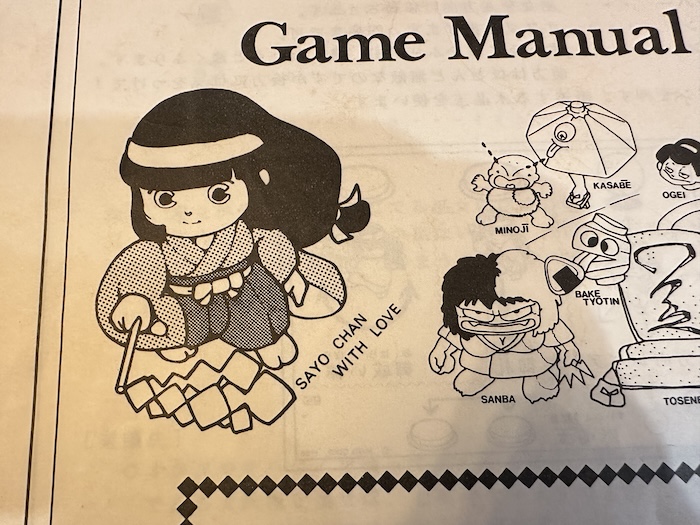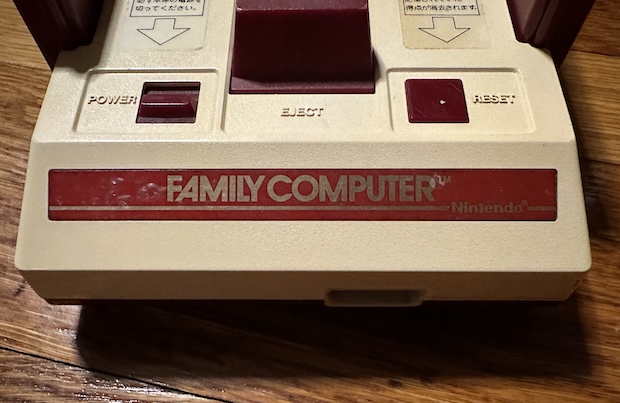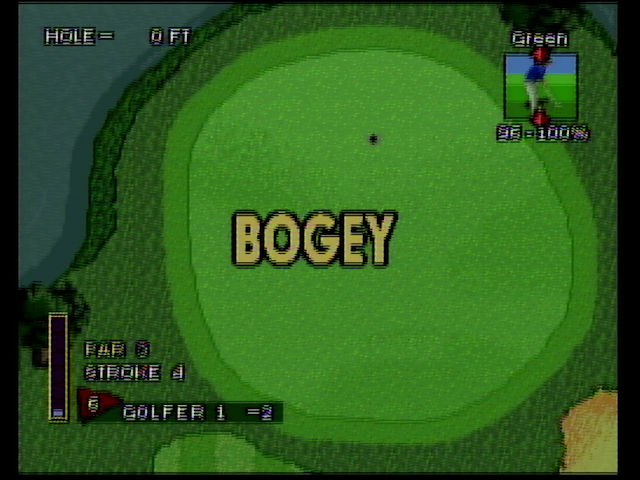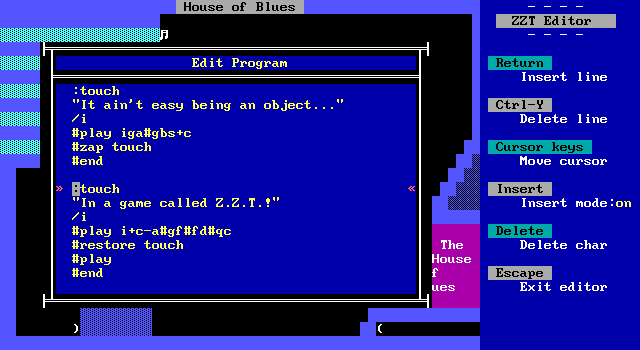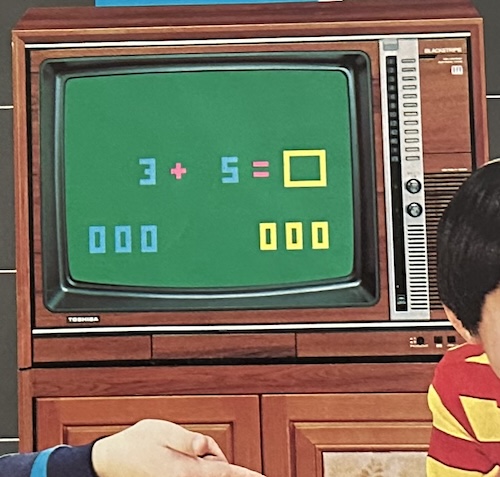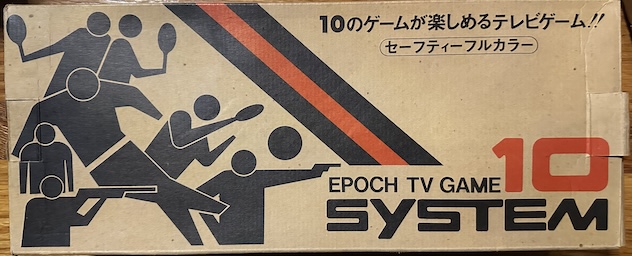-
Taito-tastic: Kiki Kaikai and its Hardware
So some concepts got stuck in my head early on when looking into hardware that just don’t hold. One of these was that the Neo Geo was unique because of its heavy use of sprites where other systems would use tilemaps. But that’s not unique to the Neo Geo: ADK was just upgrading their Alpha68k family, which all used the same system. Epoch and NEC’s µPD777 did the same thing in the 1970’s for home gamers. And now Taito. Sprite-centric hardware wasn’t unique to SNK at all.
-
The Nintendo Family Computer: Forgotten 8-bit Powerhouse?
Here at Nicole Express, we’ve been going through a lot of different “game consoles”– small single-purpose computers that are only used to play video games. But we’ve left out a big one: Nintendo’s Family Computer, Famicom to its friends. This console took Japan by storm and was the dominant console before the release of the TurboGrafx (PC Engine, for European readers, if there are any of you left), but never managed to get much of a foothold outside of Asia. What was it like? Why did it flop? Well, you can blame Atari for that one…
-
Why I Stick To 1970s Plug-and-Play Consoles: The Radica Golden Tee
In the 1970s, video game consoles often just had built-in games, with no cartridge slot. We’ve covered a lot of those here, from the Magnavox Odyssey 500 to the colorful Atari Pongs. But in the 2000s, the concept came back, as the “plug-and-play” games. So I decided to dig into one of those. What could go wrong? Well, what could go right?
-
The RCA Studio II Lives On: A Package from Belgium
The RCA Studio II and its CDP1802 chipset had much more support from enthusiasts than it did the wider video game market. But I shouldn’t put “had” in the past tense; people are still keeping this beige box and its relatives alive, especially in Europe, where the Studio III color version of the chipset made its appearance in the form of the MPT-02 and related systems. And one of those enthusiasts, Philip Marien, saw my games post and reached out with a bag of goodies so I could take a look at the real power of this monochrome monster.
-
Reviving a Dead Audio Format: The Return of ZZM
Long-time readers will know that my first video game love was the text-mode video game slash creation studio ZZT. One feature of this game is the ability to play simple music through the PC speaker, and back in the day, I remember that the format “ZZM” existed, so you could enjoy the square wave tunes outside of the games. But imagine my surprise in 2025 to find that, while the Museum of ZZT does have a ZZM Audio section, it recommends that nobody use the format anymore; because nobody’s made a player that doesn’t require MS-DOS. Let’s fix that by making a player with way higher system requirements, using everyone’s favorite coding environment: Javascript.
-
A System For The Sixties-and-a-Half: The Toshiba Visicom COM-100
It’s 1977, and you’re in charge of the large Toshiba Corporation. Video games seem to be possibly a real market, and as an innovative electronics firm, you’ve got to get in on the ground floor. Sure, you’ve got Epoch to make you a copy of their System 10 as the TVG-610, but that’s so limited, you know pongs don’t have a future. But you don’t have a console architecture in-house either. So what do you do? Call up RCA, of course– they seem really eager to license out their Studio II technology. A little too eager. Maybe you’d better update that while you’re at it. And in 1978, you reveal to the world…
-
The Epoch System 10: The Pong to End All Pongs
I told you I was done with Pong consoles, but a spectre has continued to haunt Nicole Express in our Epoch series– the spectre of Pong. Specifically, the Epoch System 10. This 1977 color Pong powerhouse led directly to the µPD777, which led to the Cassette Vision, which in turn led to the Super Cassette Vision. And unlike Epoch’s first console, the Electrotennis (based off of Magnavox Odyssey), or their licensed Breakout game, Epoch did this one in house. How did their first grasp at unique TV game hardware go?

